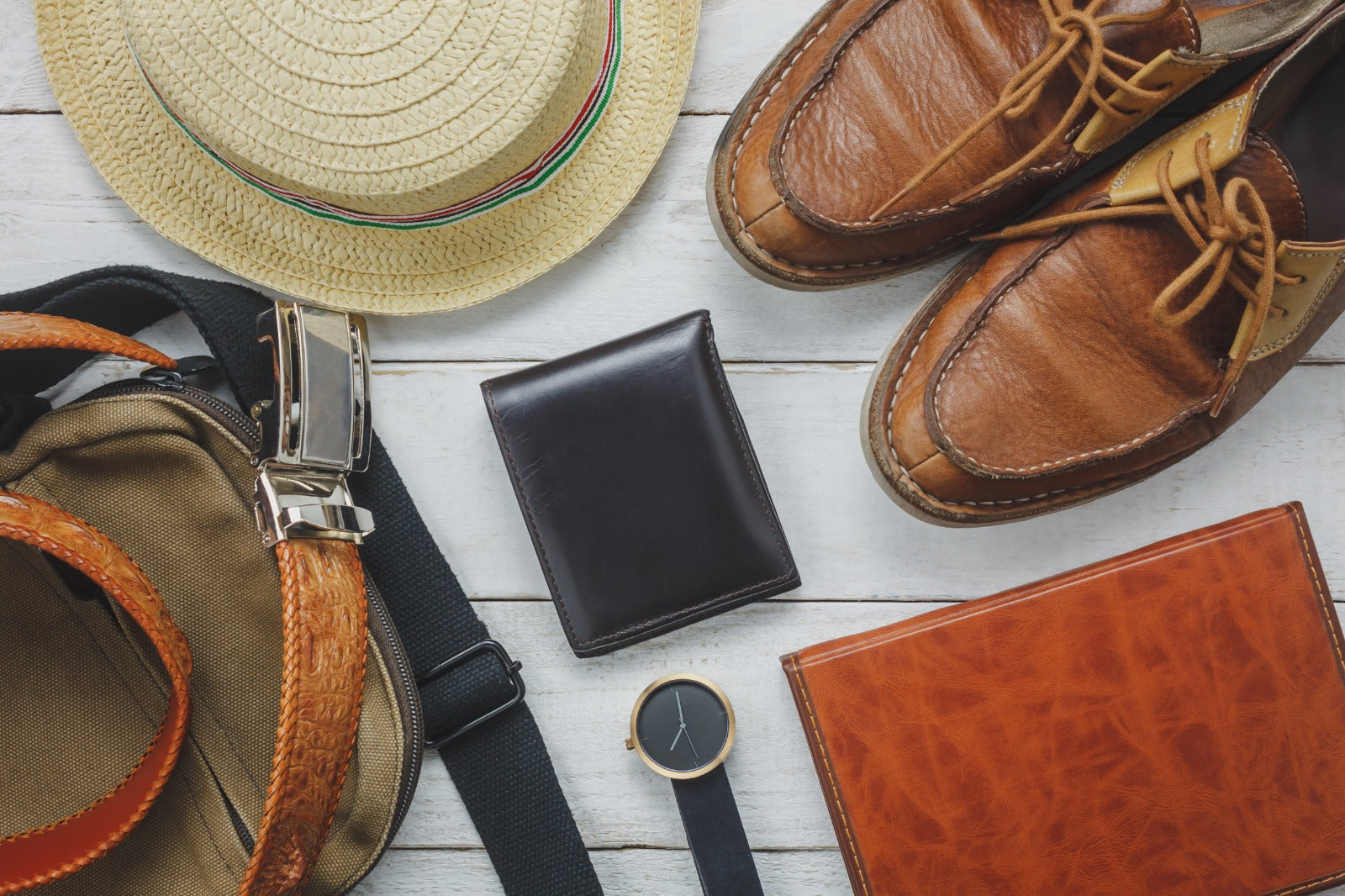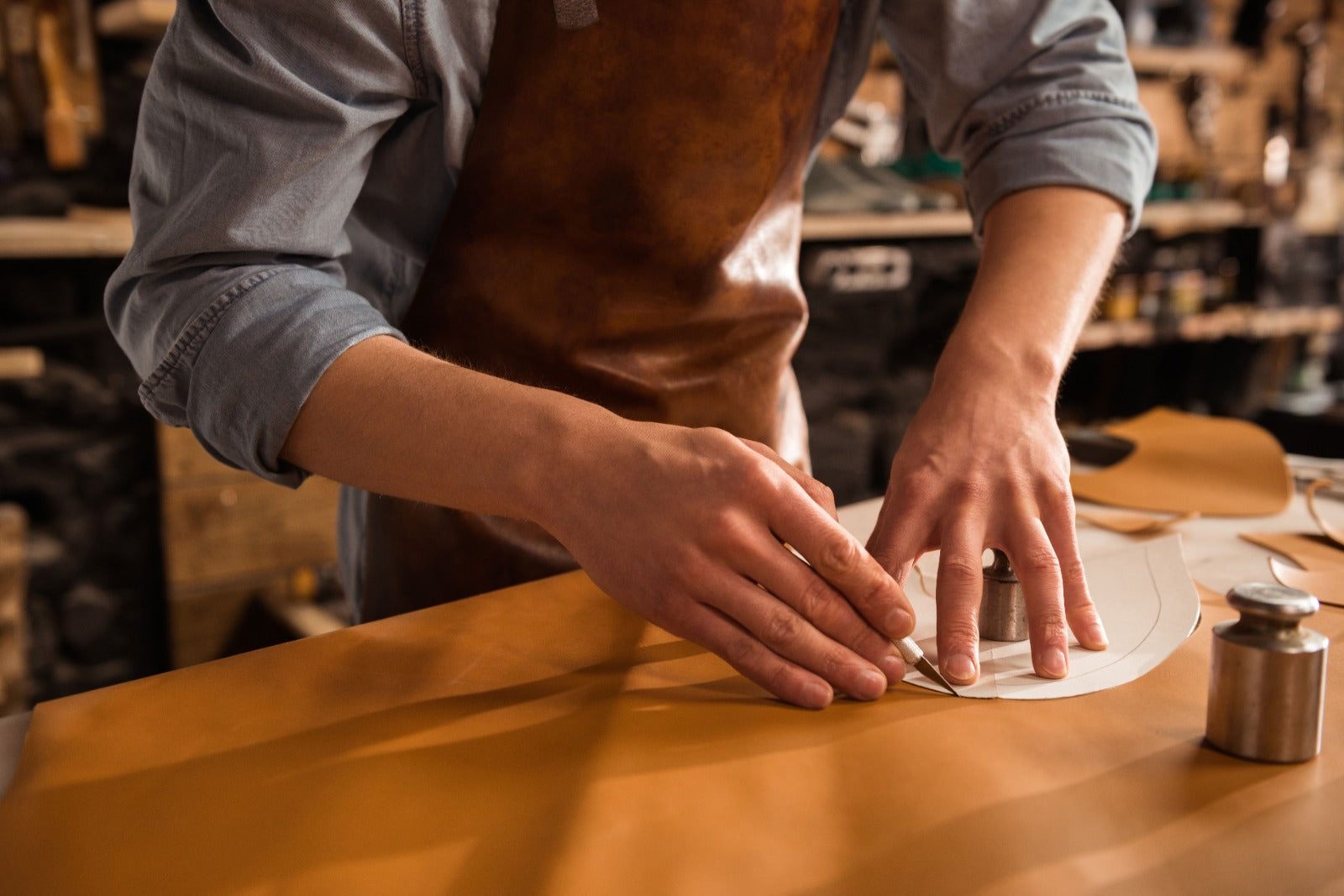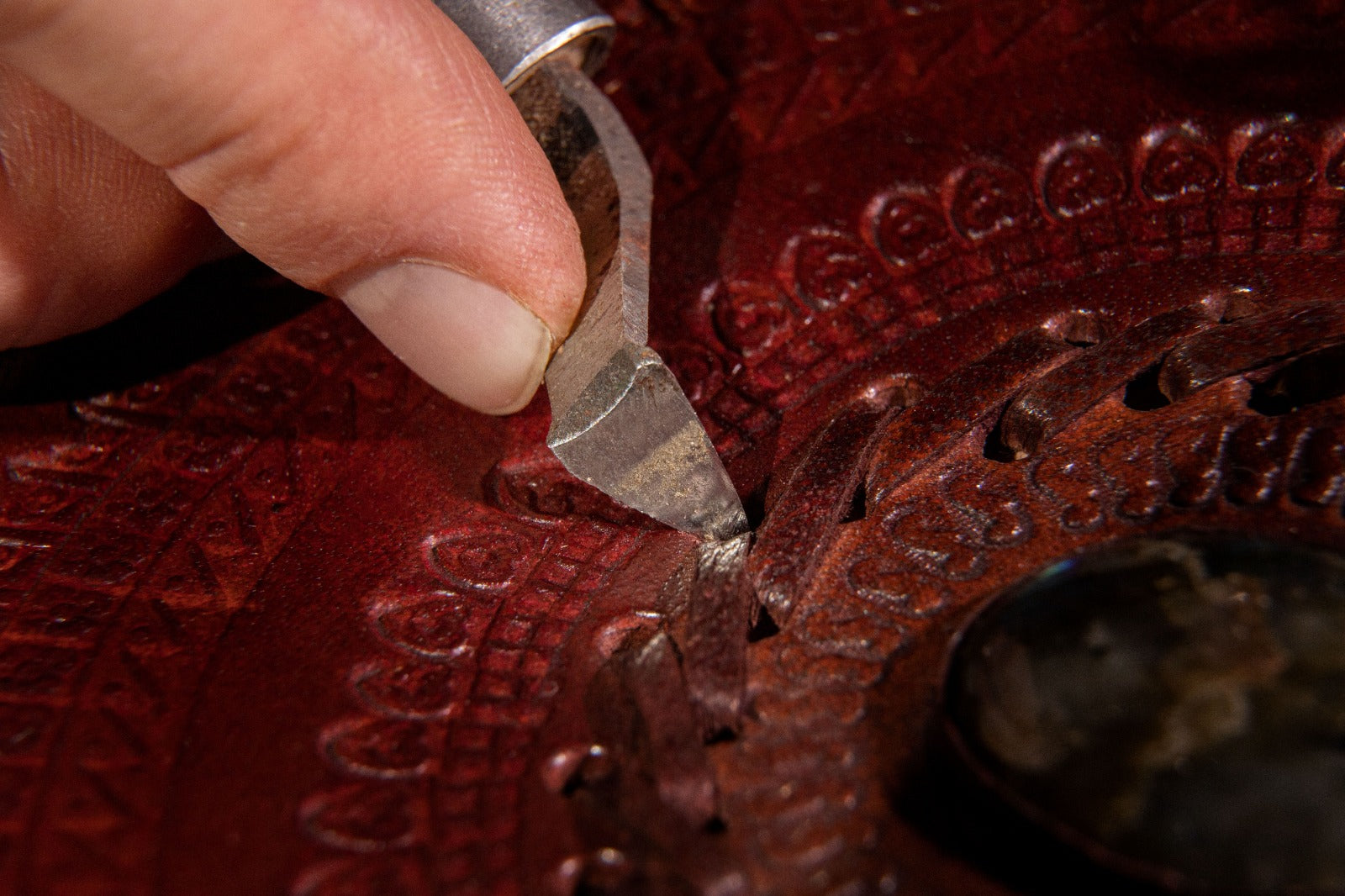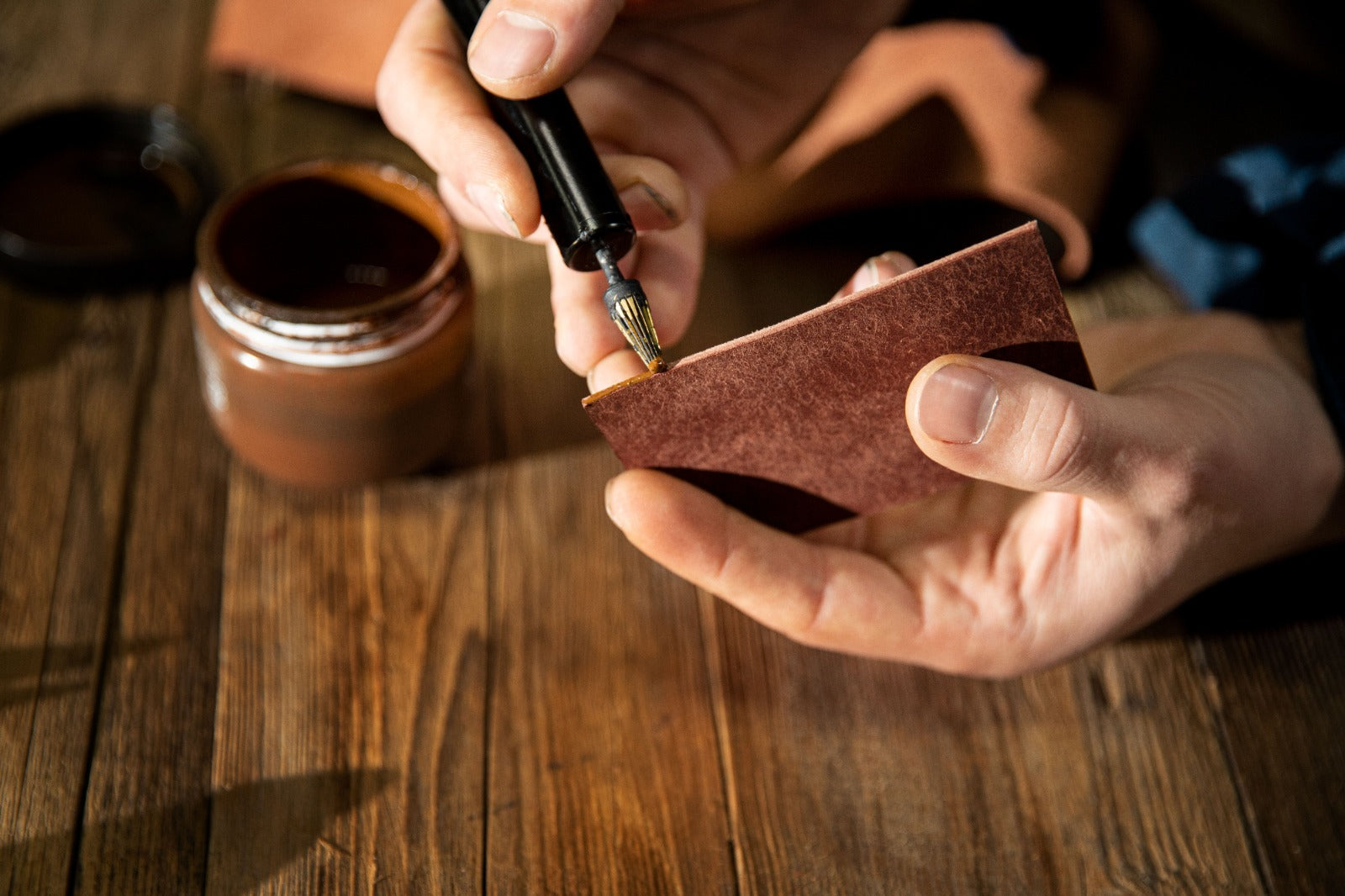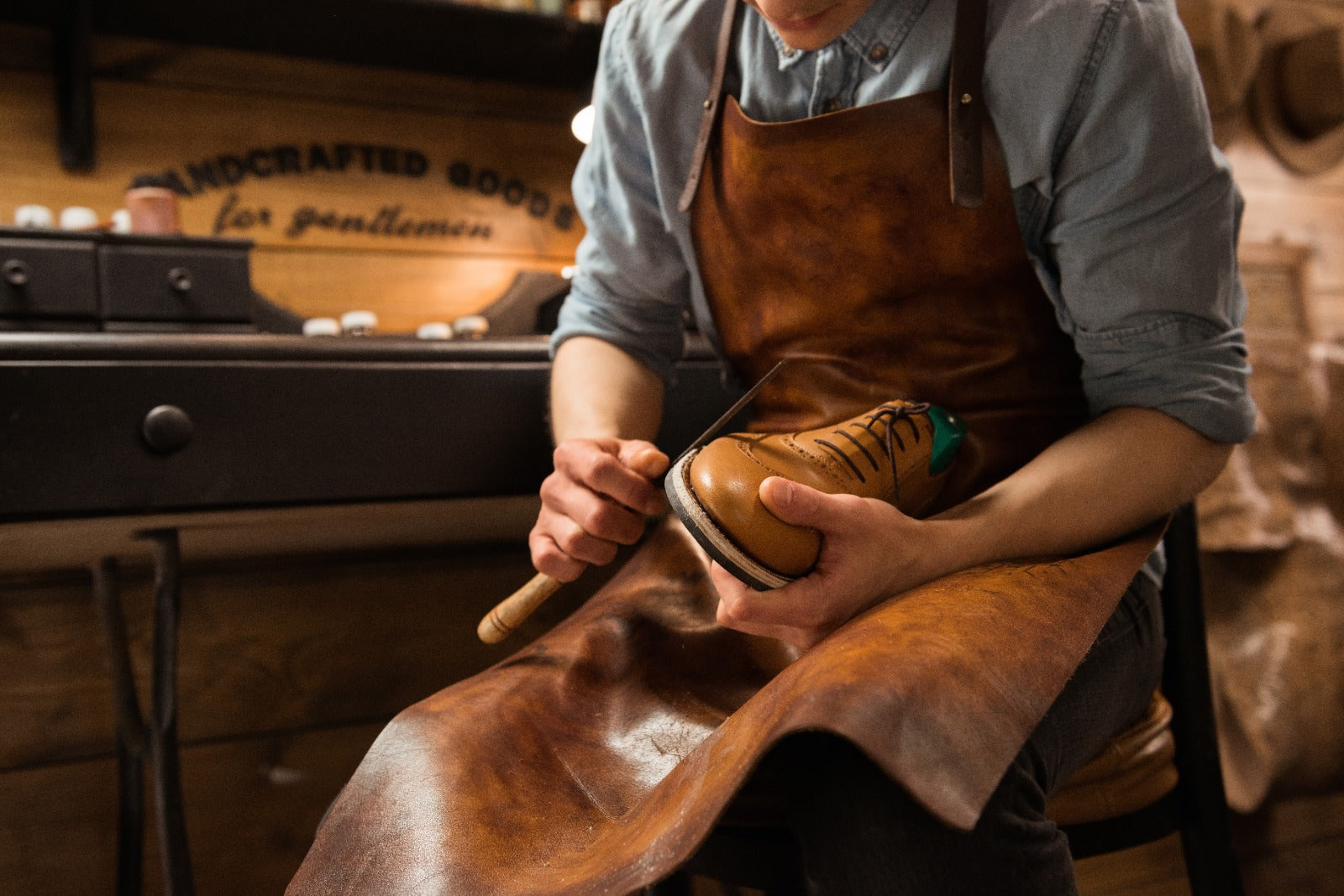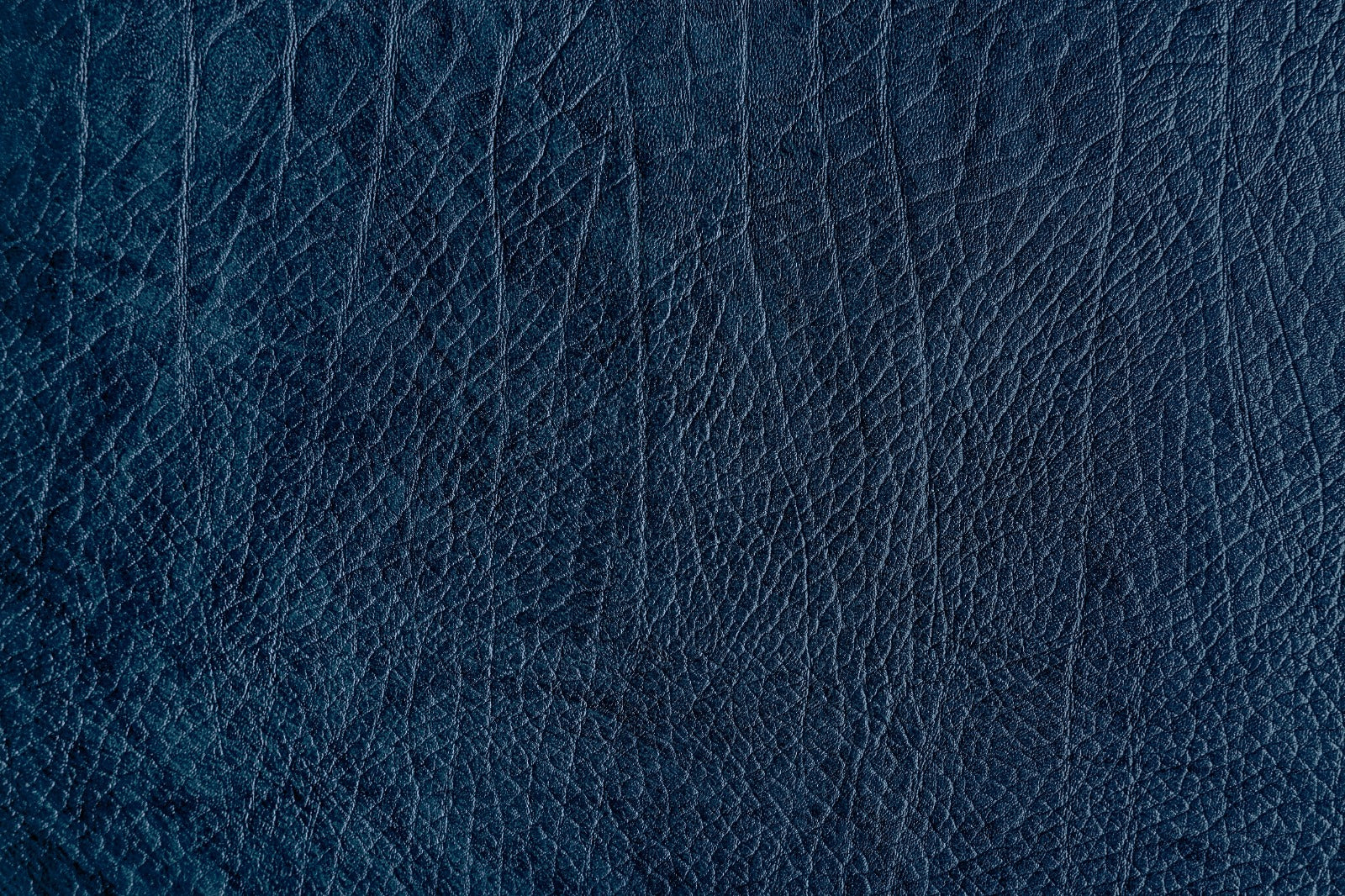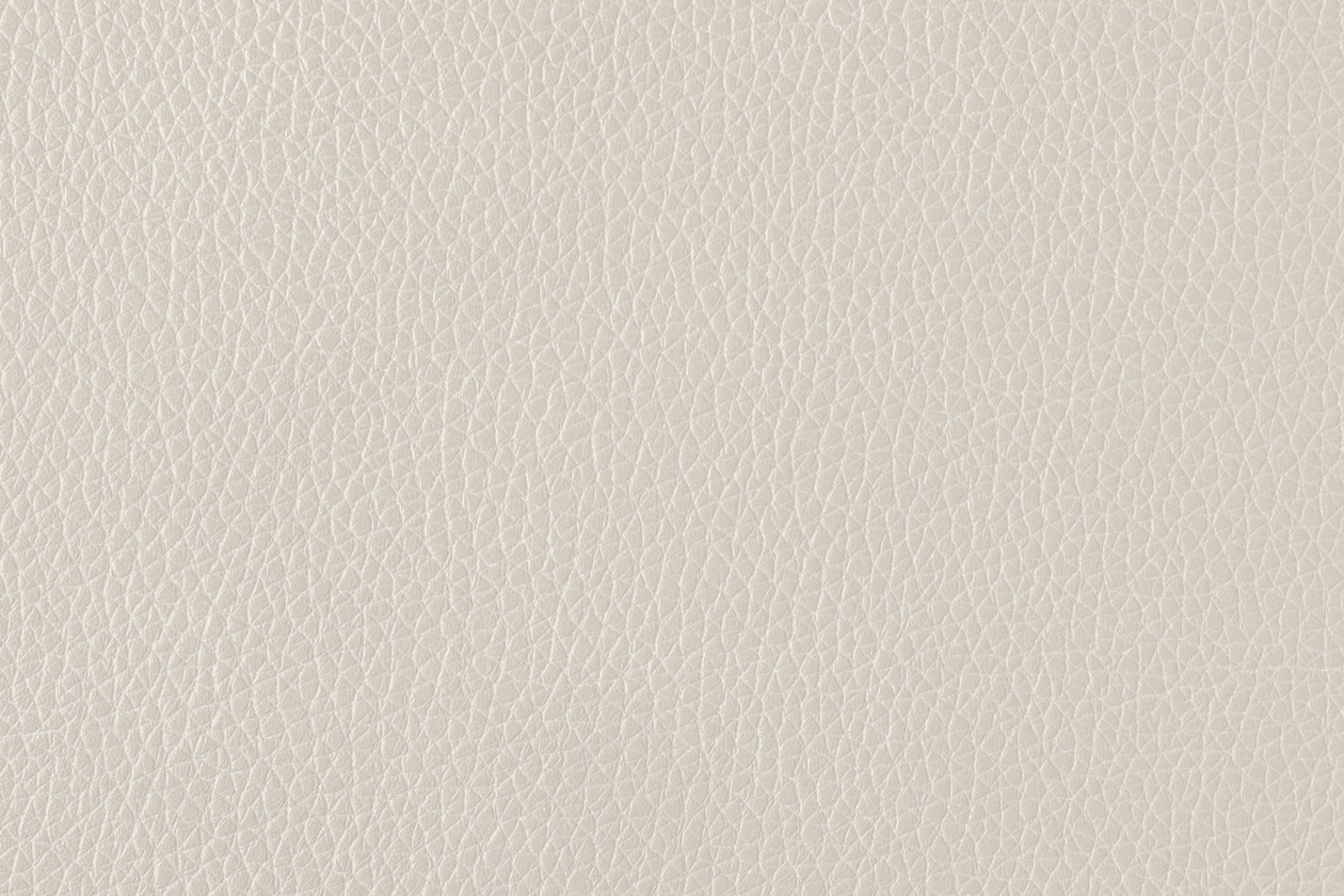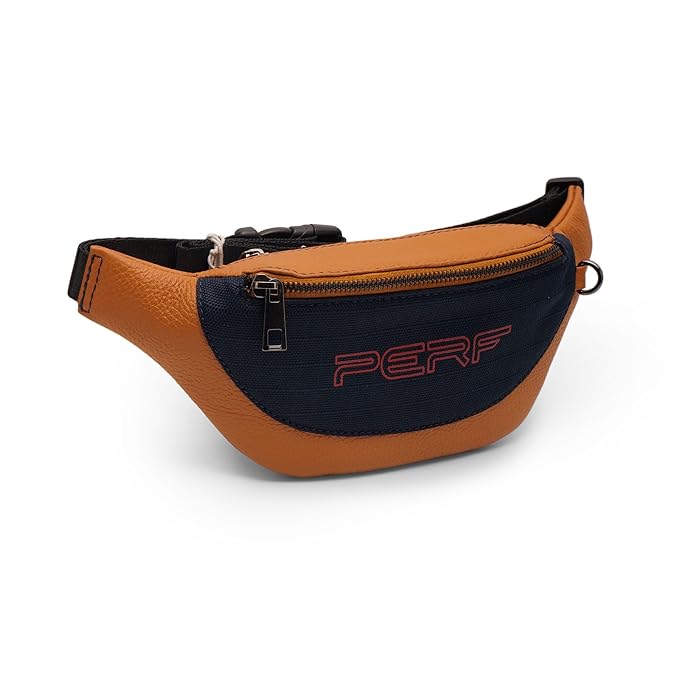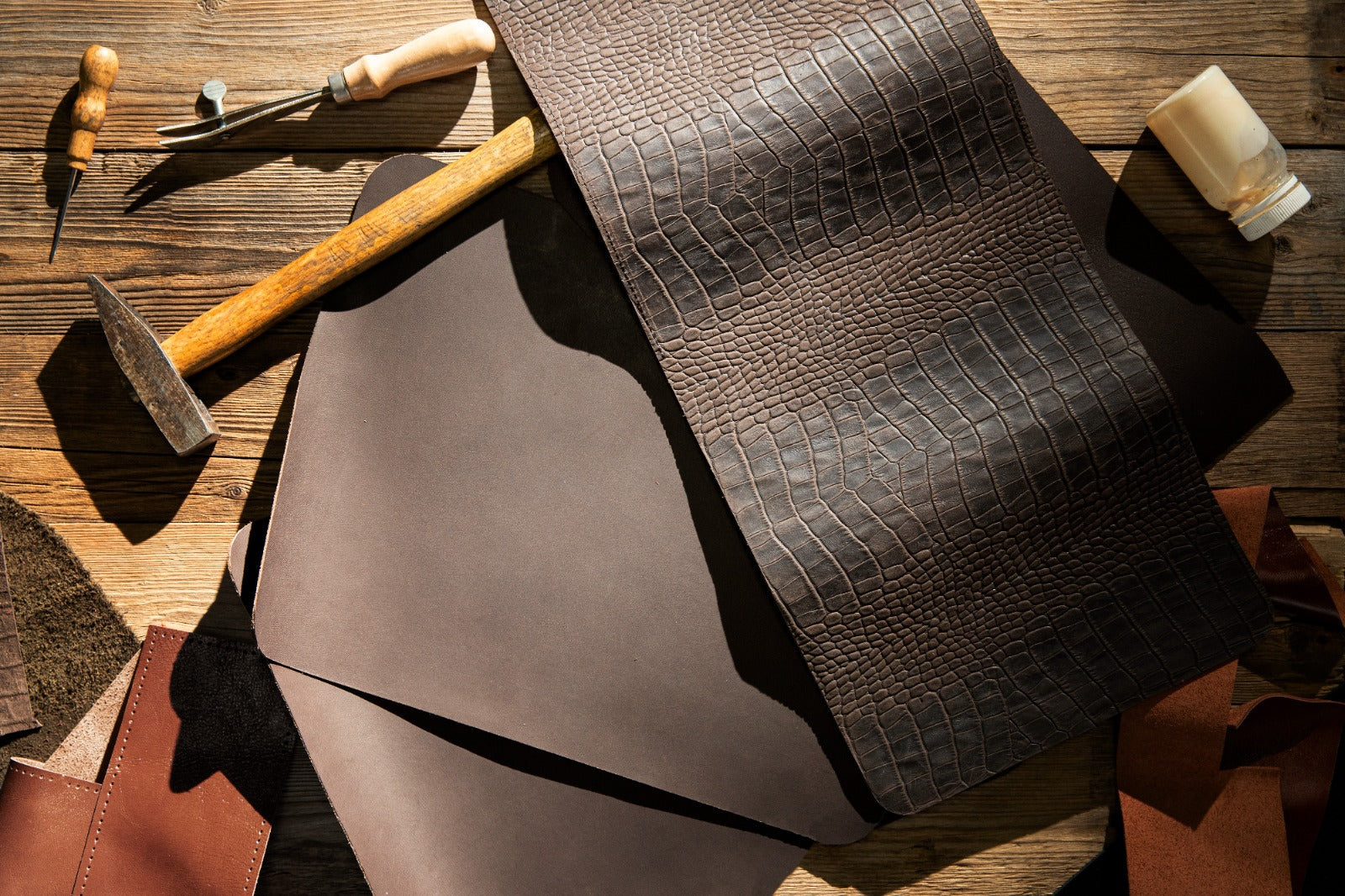
What Is Aniline Leather? A Complete Guide
Aniline leather is often considered the pinnacle of leather craftsmanship—soft, natural, and rich with character. Unlike heavily coated leathers, it preserves the original grain and markings of the hide, making every piece unique. In this guide, we’ll explore what aniline leather is, how it’s made, its pros and cons, care practices, and where it’s best used.
What Is Aniline Leather? (Definition & Composition)
Aniline leather is full-grain hide dyed through with transparent aniline dyes. Unlike pigmented or coated leathers, it has no surface paint or heavy finish, allowing the natural grain, scars, and variations of the hide to remain visible.
Key traits of aniline leather:
-
Dyed with transparent aniline dye for depth and tone
-
Maintains the original surface grain and markings
-
Soft, breathable, and supple texture
-
Ages naturally with a rich leather patina
Aniline vs Other Leather Types
-
Aniline vs Semi-Aniline – Semi-aniline has a thin protective coating for durability; aniline is dye-only.
-
Aniline vs Pigmented Leather – Pigmented leather has heavy color coatings; aniline shows natural grain.
-
Aniline vs Full-Grain – Both use top-quality hide, but aniline avoids artificial surface correction.
Advantages & Challenges of Aniline Leather
✅ Benefits
-
Unmatched softness and luxury feel
-
Develops a natural patina with age
-
Breathable and comfortable material
-
Authentic look that celebrates imperfections
⚠️ Challenges
-
Vulnerable to stains and fading
-
Requires frequent maintenance and care
-
Higher cost due to premium production process
-
Discoloration may occur in high-use areas
Best Uses for Aniline Leather
Aniline leather is popular in luxury and high-end applications:
-
Furniture – Sofas, armchairs, and car interiors
-
Bags – Premium totes, minimalist daypacks
-
Jackets – Soft, breathable outerwear
-
Shoes – Dress shoes and loafers
-
Accessories – Belts, watch straps, portfolios
Caring for Aniline Leather
Because it lacks a protective coating, aniline leather care is essential:
-
Dust with a soft cotton cloth regularly
-
Blot spills immediately—never rub
-
Clean gently with distilled water when needed
-
Use a high-quality leather conditioner sparingly
-
Keep away from direct sunlight to avoid fading
-
Consider professional cleaning for furniture or heavy use items
Common Myths About Aniline Leather
-
Myth: It’s weak → Reality: It’s still full-grain and durable if properly cared for
-
Myth: Only for furniture → Truth: It’s widely used in bags, jackets, and footwear too
-
Myth: Too delicate to use → Reality: With the right maintenance, it lasts for decades
Sustainability of Aniline Leather
-
Minimal processing keeps the material closer to its natural state
-
Long lifespan reduces the need for frequent replacements
-
Dyeing methods can be eco-conscious depending on the tannery
-
Highly durable compared to synthetic alternatives
Aniline vs Alternative Leathers: Quick Comparison
| Feature | Aniline Leather | Semi-Aniline | Pigmented Leather |
|---|---|---|---|
| Appearance | Natural grain | Slight finish | Coated, uniform |
| Stain Resistance | Low | Medium | High |
| Patina Development | Strong | Moderate | Minimal |
| Maintenance | High | Moderate | Low |
| Price Range | Premium | High | Moderate |
Final Thoughts
Aniline leather is the purest expression of natural leather—luxurious, breathable, and full of character. It requires attentive care but rewards with timeless beauty and a patina that tells a story over time. Perfect for those who value authenticity, softness, and craftsmanship, aniline leather is a material that only grows more beautiful with age.
